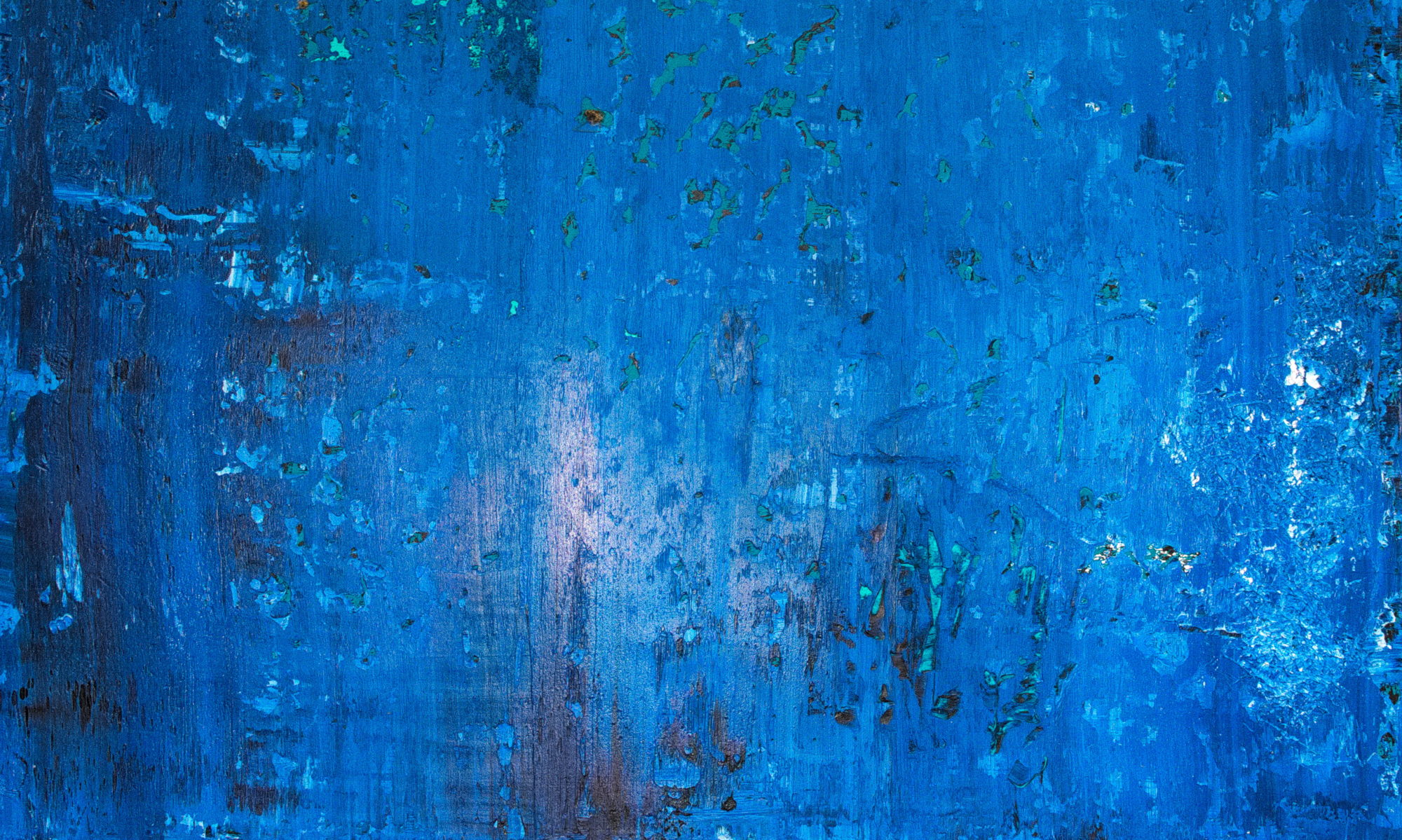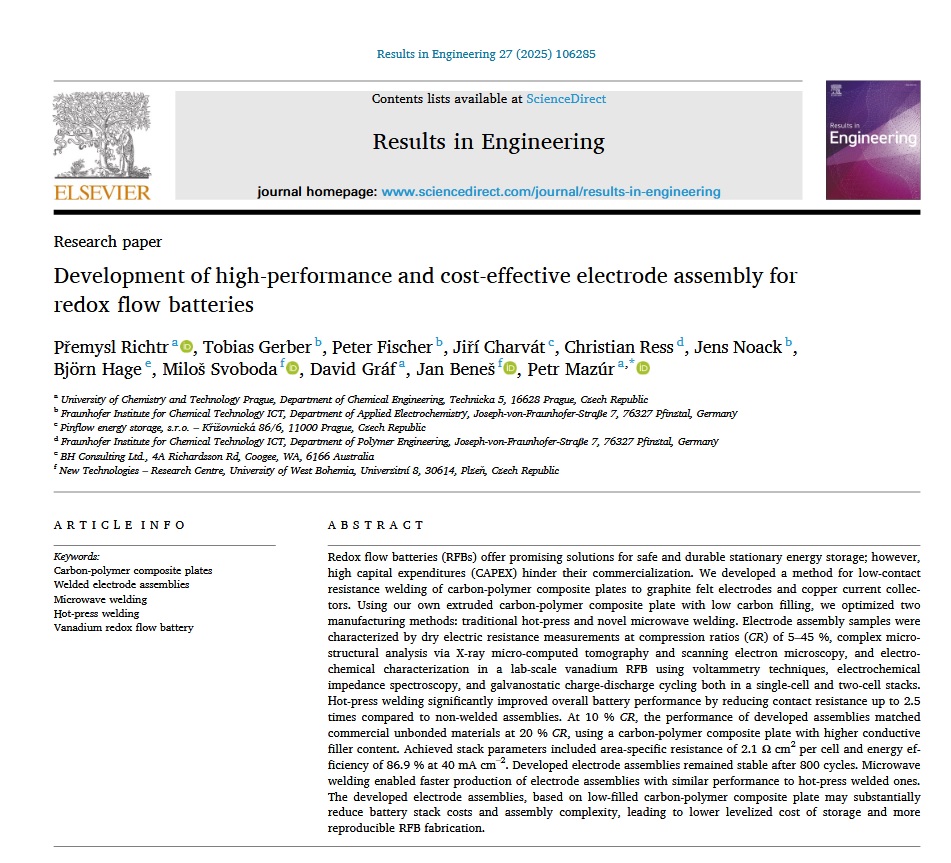Redox flow batteries (RFBs) offer promising solutions for safe and durable stationary energy storage; however, high capital expenditures (CAPEX) hinder their commercialization.
We developed a method for low-contact-resistance welding of carbon-polymer composite plates to graphite felt electrodes and copper current collectors. Using our own extruded carbon-polymer composite plate with low carbon filling, we optimized two manufacturing methods: traditional hot-press welding and novel microwave welding.
Electrode assembly samples were characterized by:
- Dry electric resistance measurements at compression ratios (CR) of 5–45%,
- Complex microstructural analysis via X-ray micro-computed tomography and scanning electron microscopy,
- Electrochemical characterization in a lab-scale vanadium RFB using:
- voltammetry techniques,
- electrochemical impedance spectroscopy, and
- galvanostatic charge-discharge cycling,
- both in single-cell and two-cell stacks.
Hot-press welding significantly improved overall battery performance by reducing contact resistance by up to 2.5× compared to non-welded assemblies. At 10% CR, the performance of developed assemblies matched commercial unbonded materials at 20% CR, using a carbon-polymer composite plate with higher conductive filler content.
Achieved stack parameters included:
- Area-specific resistance of 2.1 Ω·cm² per cell,
- Energy efficiency of 86.9% at 40 mA·cm⁻².
Developed electrode assemblies remained stable after 800 cycles. Microwave welding enabled faster production of electrode assemblies with similar performance to hot-press welded ones.
The developed electrode assemblies, based on low-filled carbon-polymer composite plates, may substantially reduce battery stack costs and assembly complexity—leading to lower levelized cost of storage and more reproducible RFB fabrication.
The full paper is accessible here: https://doi.org/10.1016/j.rineng.2025.106285

